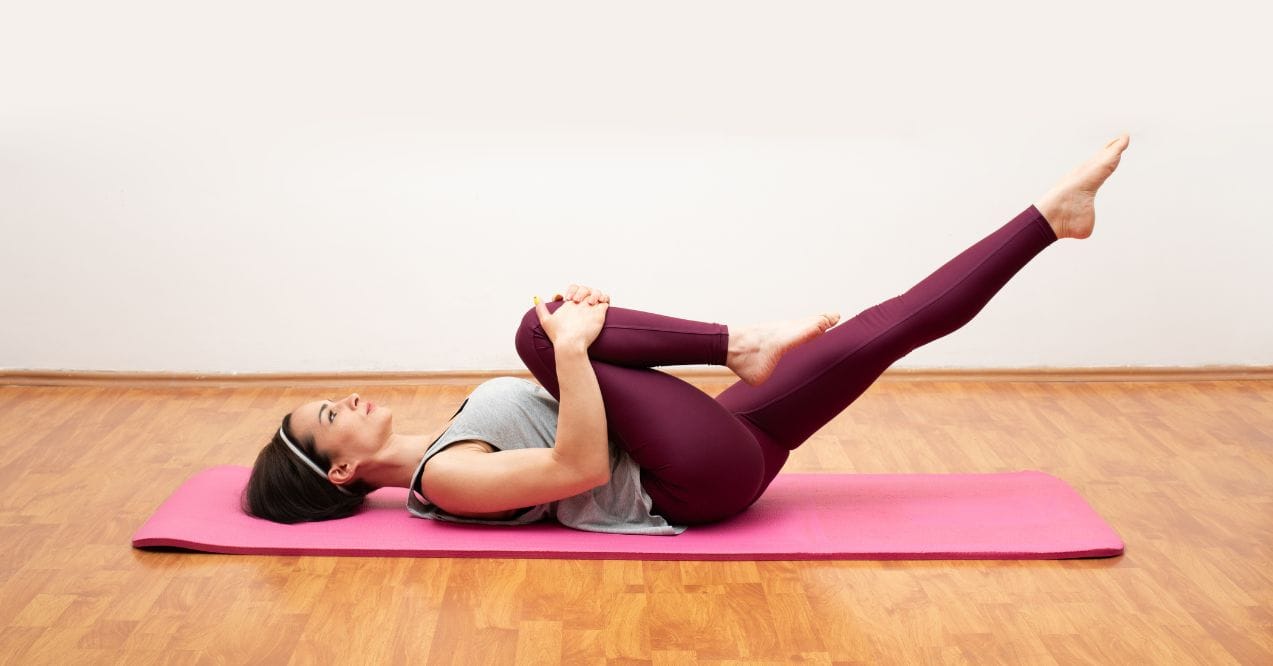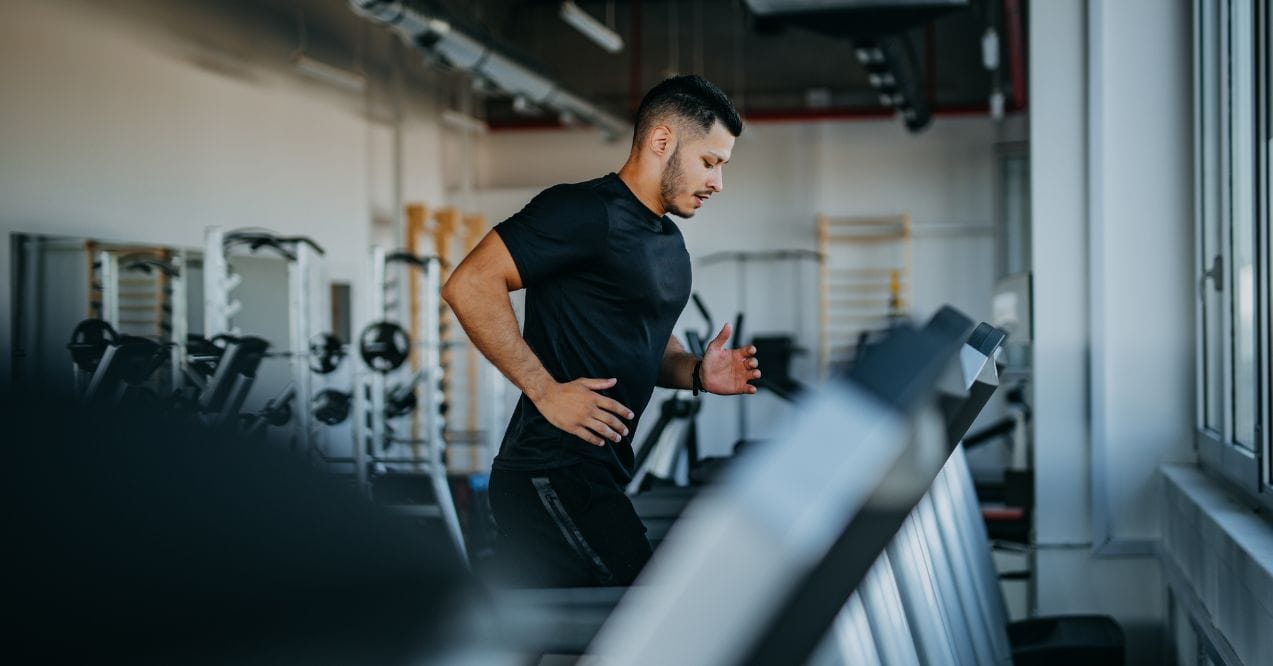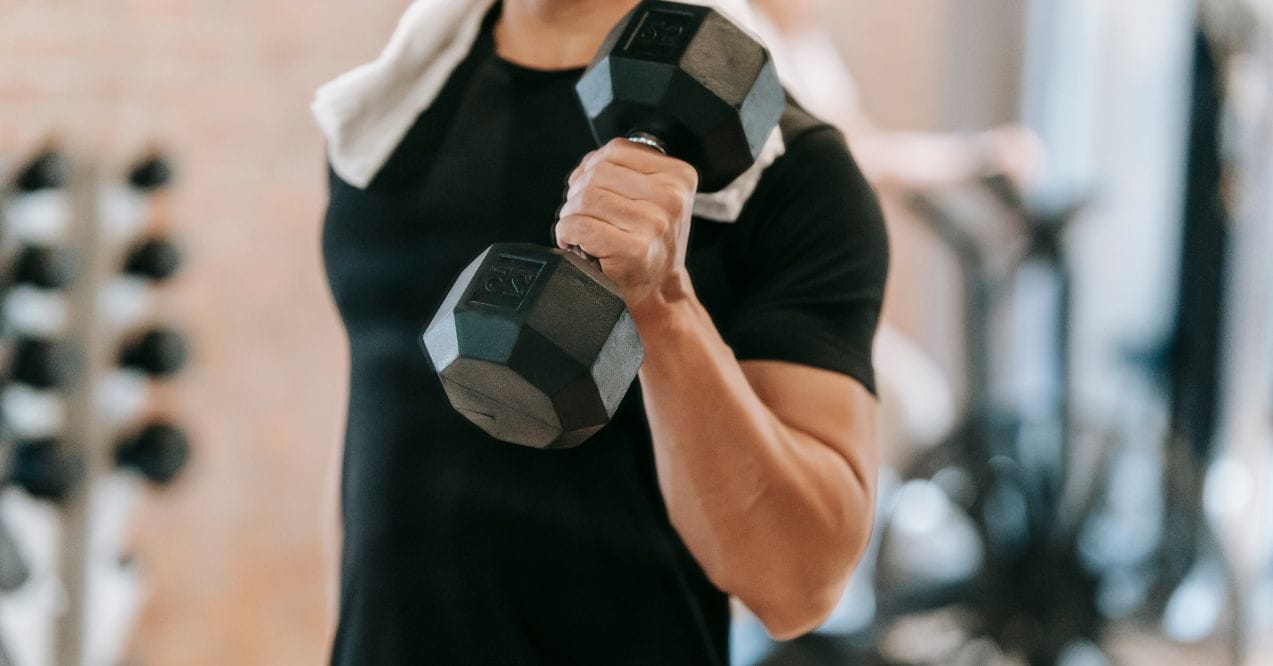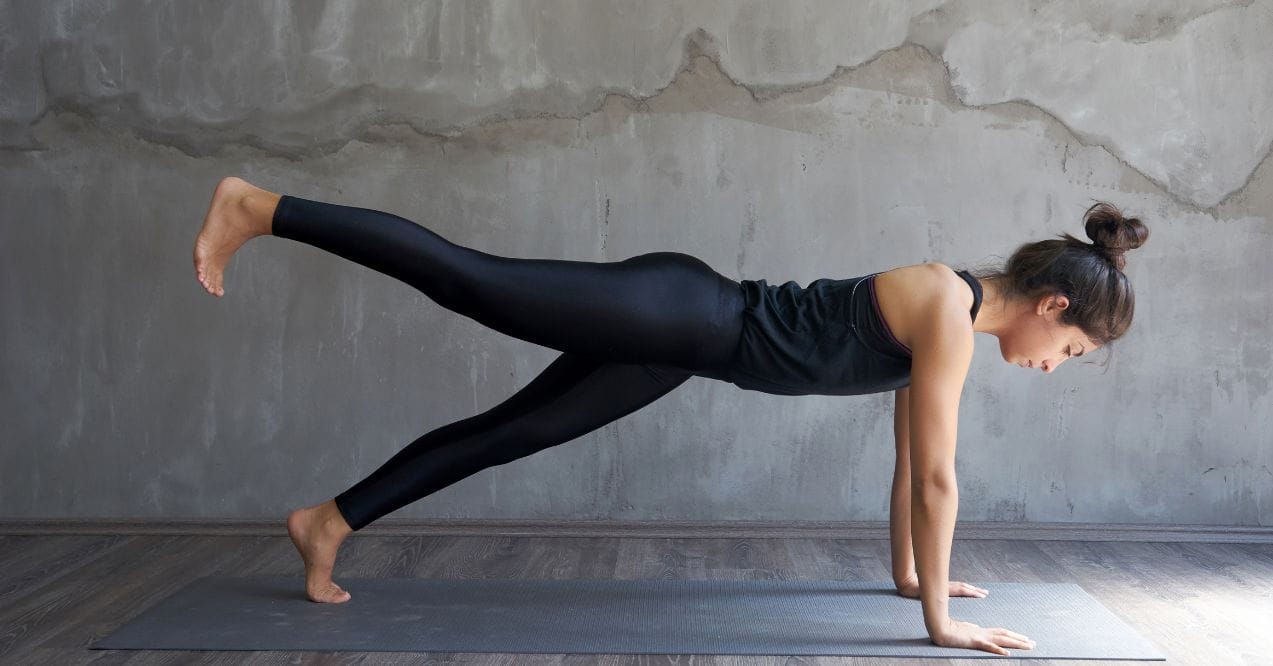5 Favorite Somatic Stretching Exercises to Try at Home
Somatic stretching is a gentle yet powerful approach to improving flexibility and body awareness. This mind-body practice combines slow, purposeful movements with focused attention to promote relaxation and alleviate tension.
Unlike traditional stretching methods, somatic exercises emphasize internal sensations and neuromuscular control, helping you move more freely and with less discomfort. Adding it to your routine can reduce stress, ease pain, and support overall mobility.
Key Findings:

What Is Somatic Stretching?
So, what is somatic stretching? Unlike traditional stretching, which often focuses on pushing muscles to their limits to increase flexibility, somatic stretching prioritizes internal sensations and conscious control over movements. This approach allows you to release deep-seated tension and improve overall mobility by gently re-educating your muscles and nervous system.
A typical somatic workout plan includes gentle exercises that help you listen to your body, identify areas of tightness, and restore natural mobility. By connecting mind and body, somatic stretching supports long-term physical balance, reduces discomfort, and promotes overall well-being. It’s easy to integrate into daily life, making it a sustainable way to care for your body and mind.
Somatic Stretching Exercises to Try at Home
Incorporating these exercises into your daily routine can be a simple yet effective way to support overall well-being. These exercises focus on mindful movement and body awareness, making them accessible and easy to perform at home.
1. Seated Cat-Cow
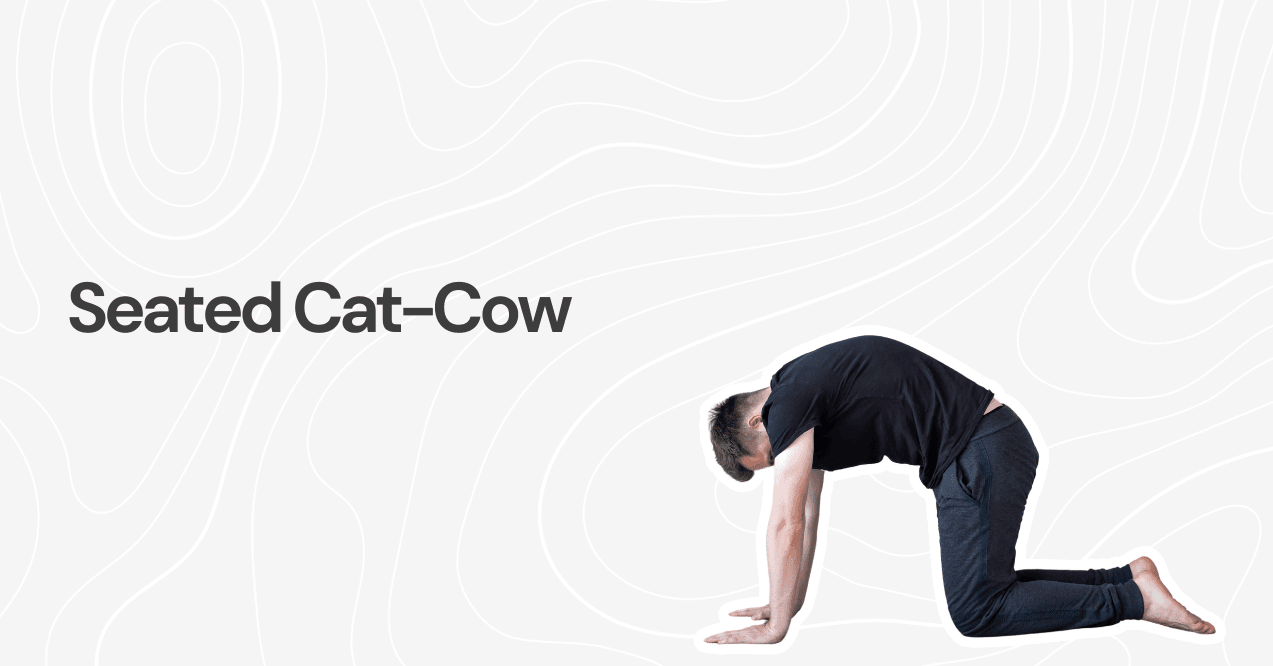
The seated cat-cow is a simple exercise you can do from a chair. It improves spinal flexibility, releases tension in the back and shoulders, and helps correct posture – especially helpful if you sit for long periods.
How to Perform:
- Sit Tall: Sit near the edge of your chair with feet flat on the floor, spine straight, and hands resting on your knees.
- Inhale (Cow): Arch your back, tilt your pelvis forward, lift your chest, and look slightly upward.
- Exhale (Cat): Round your spine, tuck your chin to your chest, and draw your belly in.
- Repeat: Move slowly between positions for 5–10 breath-guided cycles, focusing on how your spine feels as you move.
2. Standing Awareness
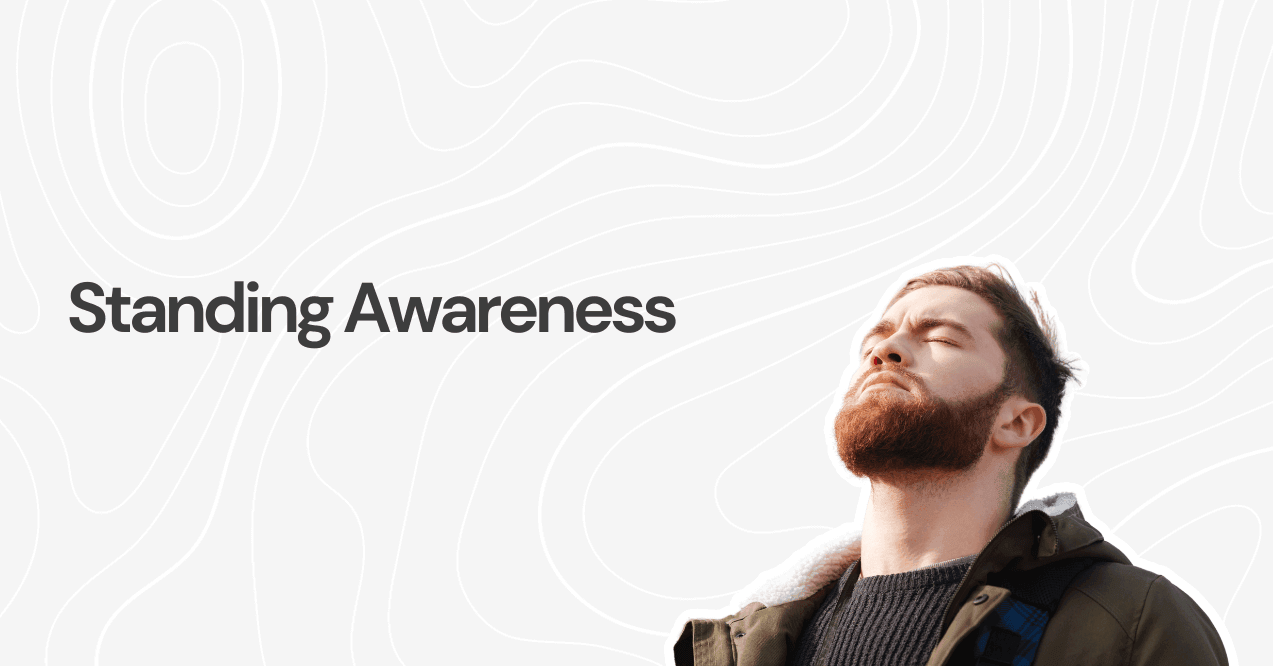
Standing awareness is a somatic stretching practice that improves balance, posture, and body awareness. It encourages mindfulness and helps you connect with your body’s natural alignment—key for stability and coordination.
How to Do It:
- Repeat: Go through the sequence a few times, each round tuning into a different part of your body’s alignment.
- Stand Tall: Position your feet hip-width apart, arms relaxed at your sides. Distribute your weight evenly and keep your knees soft, not locked.
- Breathe & Tune In: Close your eyes and take a few deep breaths. Focus on the feeling of your feet grounded on the floor.
- Shift Gently: Slowly shift your weight side to side, then front to back. Notice how your muscles engage and adjust to keep you balanced.
- Find Center: Return to a neutral stance with even weight distribution. Breathe deeply and feel grounded.
3. Neck Release

The neck release is a gentle exercise that helps relieve tension in the neck and shoulders – common trouble spots from stress or long hours of sitting. It promotes upper-body flexibility and relaxation, making it a useful daily practice for anyone experiencing stiffness.
How to Perform:
- Get Comfortable: Sit or stand with a straight spine and relaxed shoulders. Keep your body aligned and balanced.
- Tilt Your Head: Gently lower one ear toward your shoulder. Let gravity create the stretch—don’t force it.
- Hold & Breathe: Stay here for a few deep breaths, noticing the stretch along your neck and shoulder.
- Return to Center: Slowly bring your head back to neutral. Pause and notice any change in how your neck feels.
- Repeat Other Side: Perform the same motion on the opposite side, breathing deeply and moving mindfully.
- Optional: For a deeper stretch, lightly place your hand on the side of your head. Use only gentle pressure – never pull.
4. The Arch and Flatten
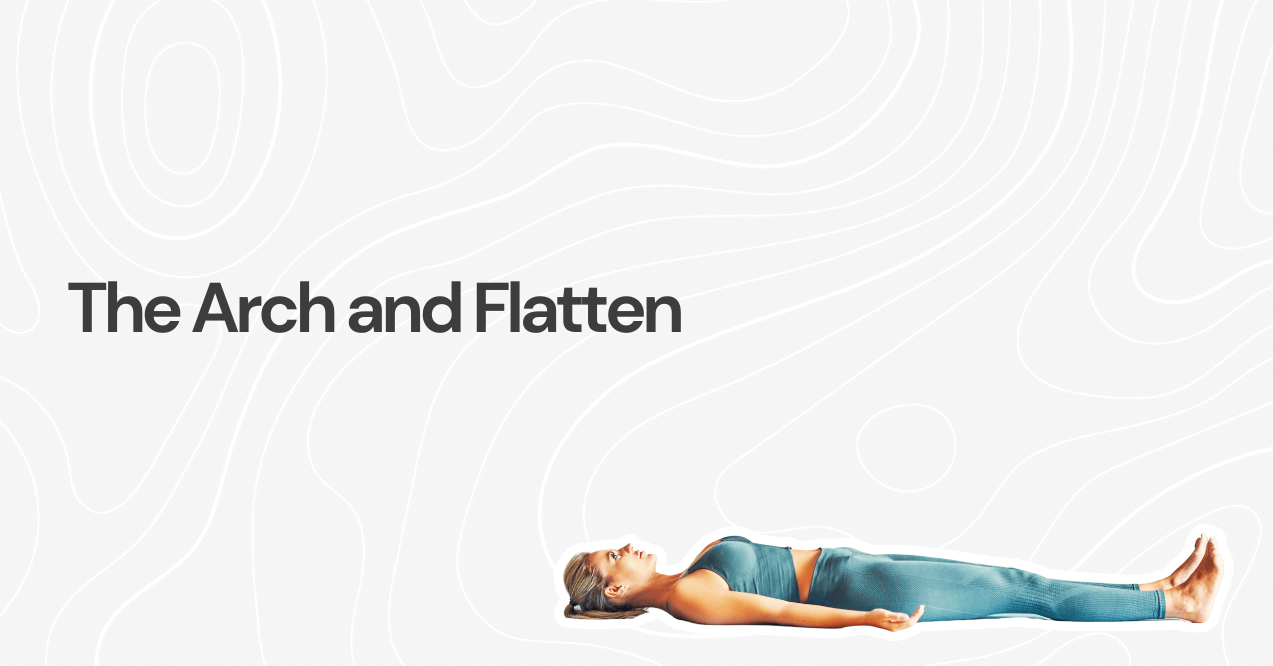
The arch and flatten is a technique that targets the lower back and pelvis. It helps release deep tension, improves spinal mobility, and supports posture – especially helpful for people who sit for long periods or struggle with lower back discomfort.
How to Do It:
- Start on Your Back: Lie down with knees bent, feet hip-width apart and flat on the floor. Rest your arms by your sides, palms down.
- Inhale & Arch: As you inhale, gently tilt your pelvis forward to arch your lower back, creating space between your back and the floor. Feel the muscles in your lower back engage.
- Exhale & Flatten: As you exhale, tilt your pelvis backward, pressing your lower back into the floor. Engage your abs and feel the stretch along your spine.
- Repeat: Move slowly between arch and flatten positions for 8–10 breath cycles. Focus on how your lower back and pelvis respond.
- Tune In: As you move, stay mindful of subtle shifts in muscle tension. This awareness helps deepen the stretch and improve neuromuscular control.
5. Bridge Pose
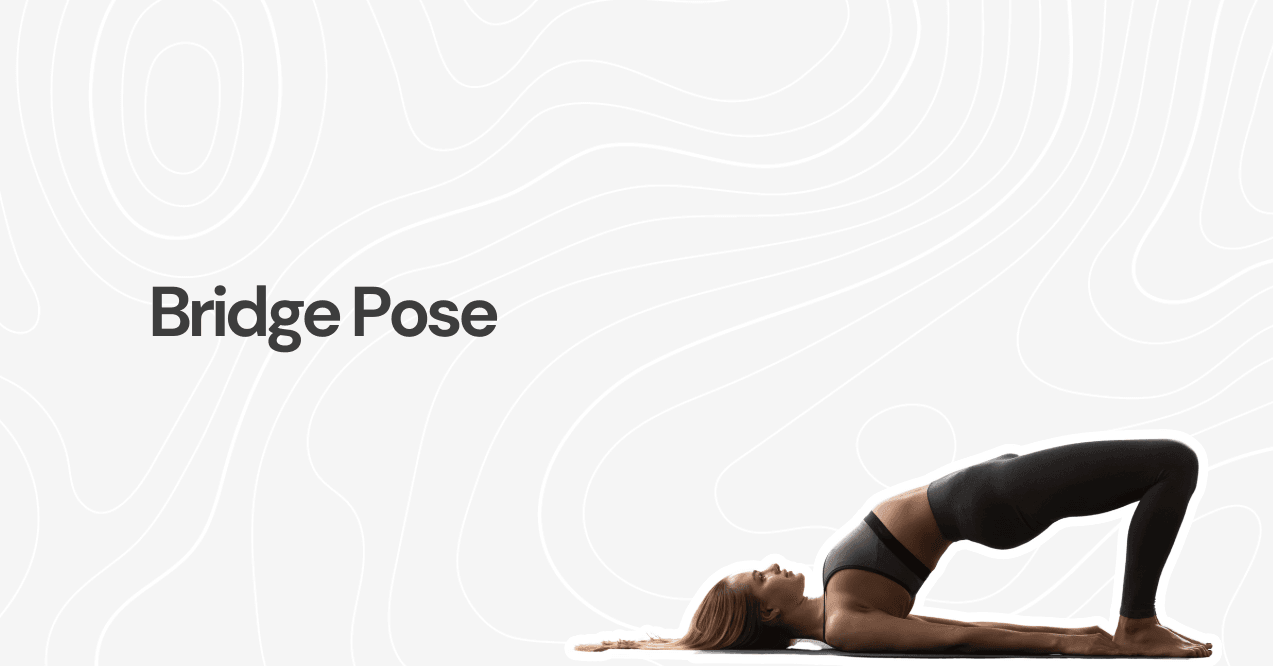
The bridge pose is a versatile exercise that not only strengthens the lower back and glutes but also promotes flexibility and stability in the spine. This exercise is particularly effective for improving core strength, enhancing spinal alignment, and supporting overall posture. It’s an excellent addition to any somatic exercise routine, especially for those looking to build strength and stability in the lower body.
How to Perform:
- Start on Your Back: Lie down with knees bent and feet flat on the floor, hip-width apart. Rest your arms by your sides, palms down.
- Inhale & Lift: Press your feet into the floor and lift your hips toward the ceiling. Engage your glutes and back muscles to form a straight line from shoulders to knees. Keep your neck relaxed and chin slightly tucked.
- Hold & Breathe: Stay in the bridge position for a few deep breaths. Keep hips level and feet grounded. Feel the stretch in your hips and thighs, and the strength in your glutes and core.
- Exhale & Lower: Slowly lower your hips to the floor, one vertebra at a time, releasing your spine gently.
- Repeat: Perform 8–10 slow reps, guided by your breath. Focus on smooth movement and core engagement.
- Optional: For added challenge, lift one leg while in bridge pose, keeping hips stable to increase core and glute activation.
Potential Health Benefits of Somatic Stretching
- Enhanced Flexibility – Somatic stretching improves overall flexibility by gently lengthening muscles and connective tissues, leading to increased range of motion.
- Pain Relief – Regular practice can alleviate chronic pain, especially in the back, neck, and joints, by addressing muscle tension and imbalances.
- Improved Posture – Helps correct postural imbalances by releasing tight muscles and realigning the body, reducing strain on the spine.
- Stress Reduction – Promotes relaxation and reduces stress by engaging the parasympathetic nervous system, leading to a calm and centered state.
- Increased Body Awareness – Enhances proprioception and body awareness, making it easier to identify and release areas of tension.
- Better Mobility – Supports joint health and mobility by ensuring muscles remain supple and responsive, aiding in everyday movements.
- Enhanced Athletic Performance – Regular stretching can improve muscle coordination and efficiency, benefiting athletic performance and reducing injury risk.
Are There Risks to Somatic Stretching?
While somatic stretching is generally safe and gentle, there are a few potential risks to be aware of. The most important aspect of a somatic exercise routine is listening to your body. Overstretching or pushing beyond your comfort level can lead to strain or injury.
It’s crucial to move slowly and mindfully, paying attention to how your body feels with each movement. Avoid forcing any positions, and always start with smaller, more controlled stretches, gradually increasing the intensity as your body adapts.
Additionally, if you have any pre-existing conditions or injuries, it’s advisable to consult with a healthcare professional before beginning a new somatic exercise routine. By taking these precautions, you can minimize the risk of injury and safely enjoy the benefits fully.

Conclusion
Somatic stretching is a mindful approach to movement that emphasizes body awareness and gentle muscle release. Unlike traditional stretching, it focuses on internal sensations and conscious control, making it a highly effective way to support overall well-being. Incorporating these stretching exercises into your routine, such as the Seated Cat-Cow, Standing Awareness, and Bridge Pose, can improve flexibility, reduce muscle tension, and enhance posture.
While generally safe, it’s essential to listen to your body, avoid overstretching, and progress gradually to prevent injury. By integrating a somatic exercise routine into your daily life, you can enjoy the numerous physical and mental health benefits it offers, promoting long-term balance and comfort.
Somatic stretching focuses on mindful, slow movements to enhance body awareness and release tension, emphasizing internal sensations. Yoga combines physical postures, breath control, and meditation, aiming for overall balance, flexibility, and spiritual well-being, with structured poses and sequences.
Somatic stretching for emotional release involves mindful movement and body awareness to release physical tension linked to emotional stress. By gently stretching and focusing on sensations, it helps unlock stored emotions, promoting relaxation and emotional well-being.
To do somatic stretching, focus on slow, mindful movements that increase body awareness. Gently stretch and release muscle tension, paying attention to internal sensations. Move with your breath, avoiding forceful stretching, and prioritize comfort and relaxation throughout the exercises.
Advertisement. This site offers health, wellness, fitness and nutritional information and is designed for educational purposes only. You should not rely on this information as a substitute for, nor does it replace, professional medical advice, diagnosis, or treatment. If you have any concerns or questions about your health, you should always consult with a physician or other health-care professional. Do not disregard, avoid or delay obtaining medical or health related advice from your health-care professional because of something you may have read on this site. The use of any information provided on this site is solely at your own risk.


